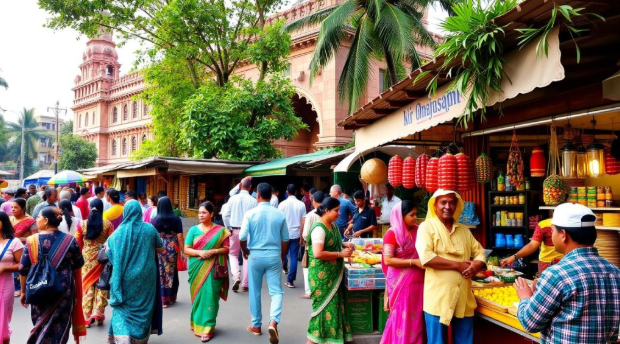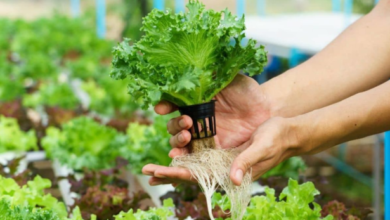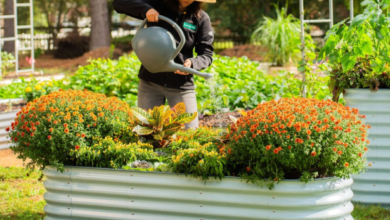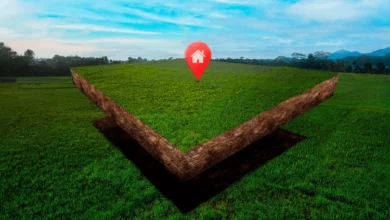Discover a Friendly Nation: Bangladesh

Bangladesh is a small country with a big heart, full of green fields, wide rivers, and busy cities. People in Bangladesh speak Bengali and love to share food, songs, and stories. The history of Bangladesh shows bravery; people worked hard for freedom and built a nation where culture and nature live together. Children learn about the flag with a red circle and green field that stands for hope and the sun rising on a free land. In every village and town, families grow rice, sing during festivals, and welcome guests with warm smiles. The weather brings monsoon rain that feeds the rivers and shapes the life of farmers. When visitors come, they see colorful boats, tasty food like fish and rice, and friendly faces. Bangladesh mixes old traditions and new ideas, and this mix makes the country lively, hopeful, and proud. It welcomes everyone to learn and grow together always.
Bangladesh sits where big rivers meet the sea, and this gives the land rich soil and many islands. People work on farms, in markets, in schools, and in new factories that make clothes for the world. The brave history of Bangladesh taught people to care for each other, to stand for rights, and to help neighbors in trouble. In cities like Dhaka and Chittagong, streets are busy, shops sell bright cloth and spices, and small parks give a place to rest. Many children go to school and learn about science, math, art, and their past. Families celebrate festivals such as Bengali New Year and Eid with music, food, and dance. The rivers bring fish that feed the country and boats that carry goods and people. Bangladesh also faces storms and floods, so people build stronger homes, plant trees, and prepare together. Many helpers, teachers, and doctors work to make life better. With care and ideas, Bangladesh moves forward, keeping its culture alive while growing for the future.
Bangladesh Explained: A Simple Guide for Kids
Bangladesh is a country in South Asia with green fields, many rivers, and busy towns. People in Bangladesh speak Bengali and share food, songs, and stories. Children study at school and play in yards. Families grow rice and vegetables and catch fish from rivers to eat. The flag of Bangladesh has a red circle on green, and it stands for hope and the brave people who helped make the country free. In towns, markets sell colorful cloth and tasty sweets. Farmers work hard in the sun and rain to care for the land. Every day, people greet each other with smiles and help neighbors. Bangladesh is on the map but full of life and kind people who love their home.
Bangladesh Flag and Symbols: What They Mean
The Bangladesh flag shows a green field with a red circle near the left side. The green stands for the land, the trees, and hope for young people. The red circle shows the blood shed by brave fighters and the rising sun of a free country. Long ago, the first flag had a map on the red circle, but it was changed later to keep the flag simple. People feel proud when they see the flag in schools, homes, and on boats. Bangladesh also has other symbols like national flowers and birds that tell stories about the land. These symbols help children learn about their past, the strong people who fought, and the promise of a bright future for everyone.
How Bangladesh Became a Country: A Short, True Story
Long ago, the land that is now Bangladesh was part of a larger country called Pakistan, but people in the eastern area spoke Bengali and wanted fair treatment. Leaders and many citizens asked for more rights and local control. In 1971 the movement grew into a fight for independence. The war was hard and many people were hurt, homes were lost, and families were separated. With courage and help from friends, the people won freedom and declared Bangladesh a new country. After victory, everyone worked together to rebuild houses, schools, roads, and markets. People planted trees, raised children, and taught about peace. Today Bangladesh remembers the brave past and looks ahead with hope. Children learn the story at school yearly.
Bangladesh Geography: Rivers, Sundarbans, and Islands
Bangladesh sits where big rivers meet the sea and make a wide delta of mud and sand. The Ganges, Brahmaputra, and Meghna rivers cross the land and bring rich soil for farming. The Sundarbans are large mangrove forests along the coast where special trees and tigers live. There are many small islands and long sandy beaches too. The weather has heavy rains called monsoons that help the crops but can also cause floods. Farmers plant rice on the wet fields and fishermen go to the rivers and sea for fish. People build homes on higher land or on stilts to stay above water. The land is mostly flat, so water moves fast and shapes the towns and farms for food.
Everyday Life in Bangladesh: Food, Work, and School
Everyday life in Bangladesh is busy and full of small moments. People wake early to cook rice, fish, and vegetables for the family. Children walk or ride rickshaws to school where they learn reading, writing, and numbers. Many adults work on farms, in markets, in factories, or in offices to earn money for their homes. Markets sell fresh fruit, spices, cloth, and toys. Neighbors visit and share tea and stories after work. In villages, people help each other with planting and harvesting. Families celebrate small events with sweets and songs. Life has simple joys and hard times, but people keep caring and smiling together.
Bangladesh Culture: Music, Dress, and Festivals
Bangladesh culture is bright and colorful, with music, dance, and stories that bring people together. Men wear panjabi or lungi, while women often wear sarees with rich colors. Music includes folk songs, drums, and flutes that make festivals lively. Poets and writers also share their love for the Bengali language through books and plays. During New Year, families join in parades with masks and art. On Eid, homes smell of sweet dishes, and on Durga Puja, temples glow with lights. Children enjoy kite flying, painting, and singing. Culture in Bangladesh is about sharing joy, respect, and kindness with family, friends, and even strangers who come to visit.
Cities of Bangladesh: Dhaka, Chittagong, and Quiet Towns
Dhaka is the capital city of Bangladesh, full of busy streets, rickshaws, and tall buildings. It is home to many schools, offices, and markets that sell clothes and food. Chittagong is another big city, close to the sea, with a busy port and ships that bring goods from other countries. Both cities are crowded but full of energy and jobs. Smaller towns and villages, however, are quieter, with green fields, ponds, and trees. People in villages often farm, fish, and make crafts. Children ride bikes on small roads and play outside. These towns show the calm side of Bangladesh, where life moves slower but feels close to nature.
Bangladesh Nature: The Sundarbans and Wildlife
Bangladesh has wonderful nature with forests, rivers, and animals. The Sundarbans is a famous forest where the Royal Bengal Tiger lives. It is full of mangrove trees that grow in salty water. Other animals like deer, crocodiles, and many birds live there too. In the rivers and sea, dolphins and fish swim, giving food to the people. Bangladesh also has long beaches like Cox’s Bazar, where families play and watch the waves. Farmers grow rice and jute on green land that looks fresh after rain. Birds fly across the fields, and children play under trees. Nature in Bangladesh gives food, fresh air, and beauty to everyone.
Bangladesh Challenges: Floods, Weather, and Hope
Bangladesh faces many challenges because of weather and water. Heavy rains and storms can bring floods that damage homes, crops, and roads. Sometimes cyclones from the sea hit the coast and make life very hard for families. Farmers lose fields, and people need to rebuild their houses. But the people of Bangladesh are strong and do not give up. They work together, plant trees, and build safer homes on higher ground. Schools teach children how to stay safe during storms. Many helpers and groups also support families when disasters come. Even with problems, Bangladesh has hope and keeps moving forward.
Bangladesh Growing: Jobs, Education, and New Ideas
Bangladesh is growing fast with new jobs, better schools, and fresh ideas. Many factories make clothes that are sold all over the world. This brings money and work for families. More children are going to school and learning about computers, science, and the arts. Cities have new roads, buses, and shops, while villages get new wells and solar lights. Farmers use new tools to grow crops, and students dream of working in big offices or becoming teachers and doctors. People are also making new apps, small businesses, and art. Bangladesh is full of talent and energy, and it looks ahead to a brighter future.
Conclusion
Bangladesh is a land full of rivers, green fields, and kind people who love to share food, music, and stories. Its history is brave, and the flag tells the story of freedom and hope. Cities are busy, while villages stay calm and close to nature. Every person has a role in building the country and keeping traditions alive.
Even with floods and storms, Bangladesh stays strong and keeps growing with jobs, schools, and new ideas. Nature, culture, and people together make the nation bright. Bangladesh is small in size but big in heart, and it keeps moving toward a hopeful tomorrow.
FAQs
Q: What is Bangladesh famous for?
A: Bangladesh is famous for its rivers, Sundarbans forest, Cox’s Bazar beach, and making clothes for the world.
Q: What language do people speak in Bangladesh?
A: People speak Bengali, also called Bangla, which is the main language of the country.
Q: Why is the flag of Bangladesh red and green?
A: The green shows the land and hope, and the red circle stands for the blood of freedom fighters and the rising sun.



